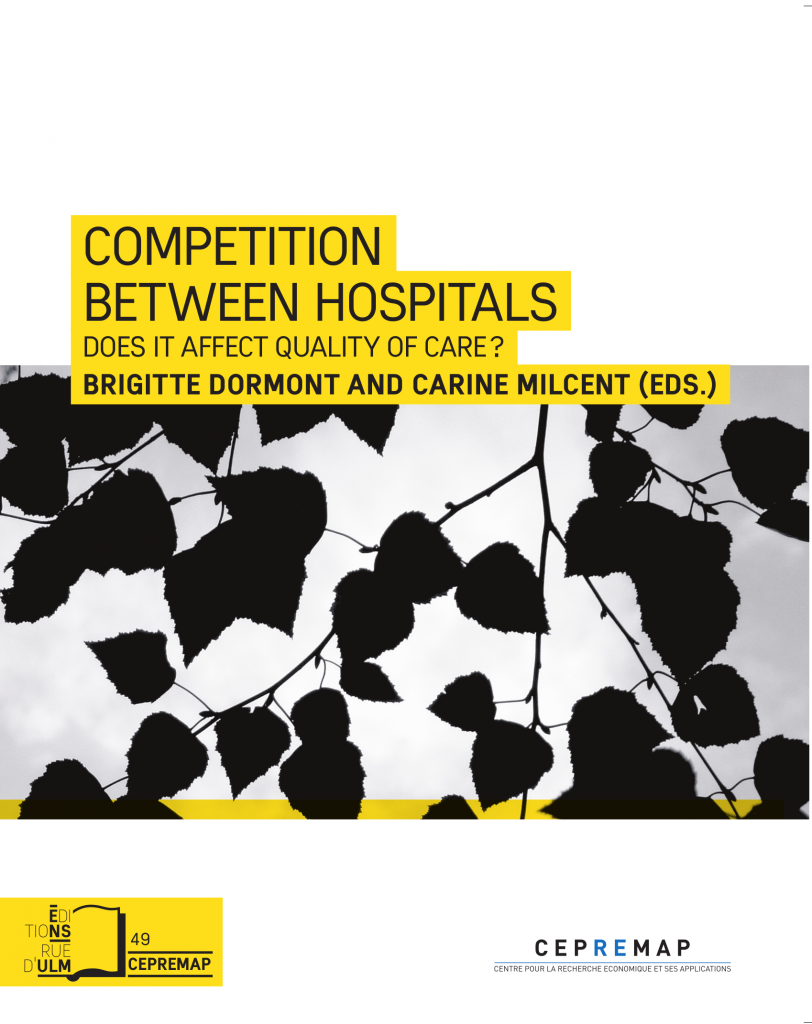
Dormont B. & Milcent C.
Pages 69-113
Abstract
There is ongoing debate about the effect of ownership on hospital perfor-
mance as regards efficiency and care quality. This chapter proposes an
analysis of the differences in productivity and efficiency between French public and private hospitals. In France, public and private hospitals do not only differ in their objectives. They are also subject to different rules as regards investments and human resources management. In addition, they were financed according to different payment schemes until 2004 : a global budget system was used for public hospitals, while private hospitals were paid on a fee-for-service basis. Since 2004, a prospective payment system (PPS) with fixed payment per stay in a given DRG is gradually introduced for both private and public hospitals. Payments generally differ for the same DRG, depending on whether the stay occurred in a private or public hospital. By 2018, a convergence of payments between the private and public sector should be achieved. Pursuing such a convergence comes down to suppose that there are differences inefficiency between private and public hospitals, which would be reduced by the introduction of competition between these two sectors. The purpose of this chapter is to compare the productivity of public and private hospitals in France. We try to assess the respective impacts, on productivity differences, of differences in efficiency, patient characteristics and production composition. We have chosen to estimate a production function. For that purpose, we have defined a variable measuring the volume of care services provided by each hospital, synthetizing the hospital multiproduct activity into one homogenous output. Our data comes from two administrative sources which record exhaustive information about French hospitals. Matching these two database provides us an original source of information, at the hospital year level, about both the production composition (number of stays in each DRG), and production factors. We observe 1,604 hospitals over the period 1998-2003, of which 642 hospitals are public, 126 are private not-for-profit and 836 are private-for-profit. This database is relative to acute care and covers more than 95% of French hospitals. We use a stochastic production frontier approach combined with hospitals fixed effects. We find that the lower productivity of public hospitals is not explained by inefficiency (distance to the frontier), but oversized establishments, patient characteristics and production characteristics (small proportion of surgical stays). Once patient and production characteristics are taken into account, large and medium sized public hospitals appear to be more efficient than private hospitals. As a result, payment convergence would provide incentives for public hospitals to change the composition of their supply for care.